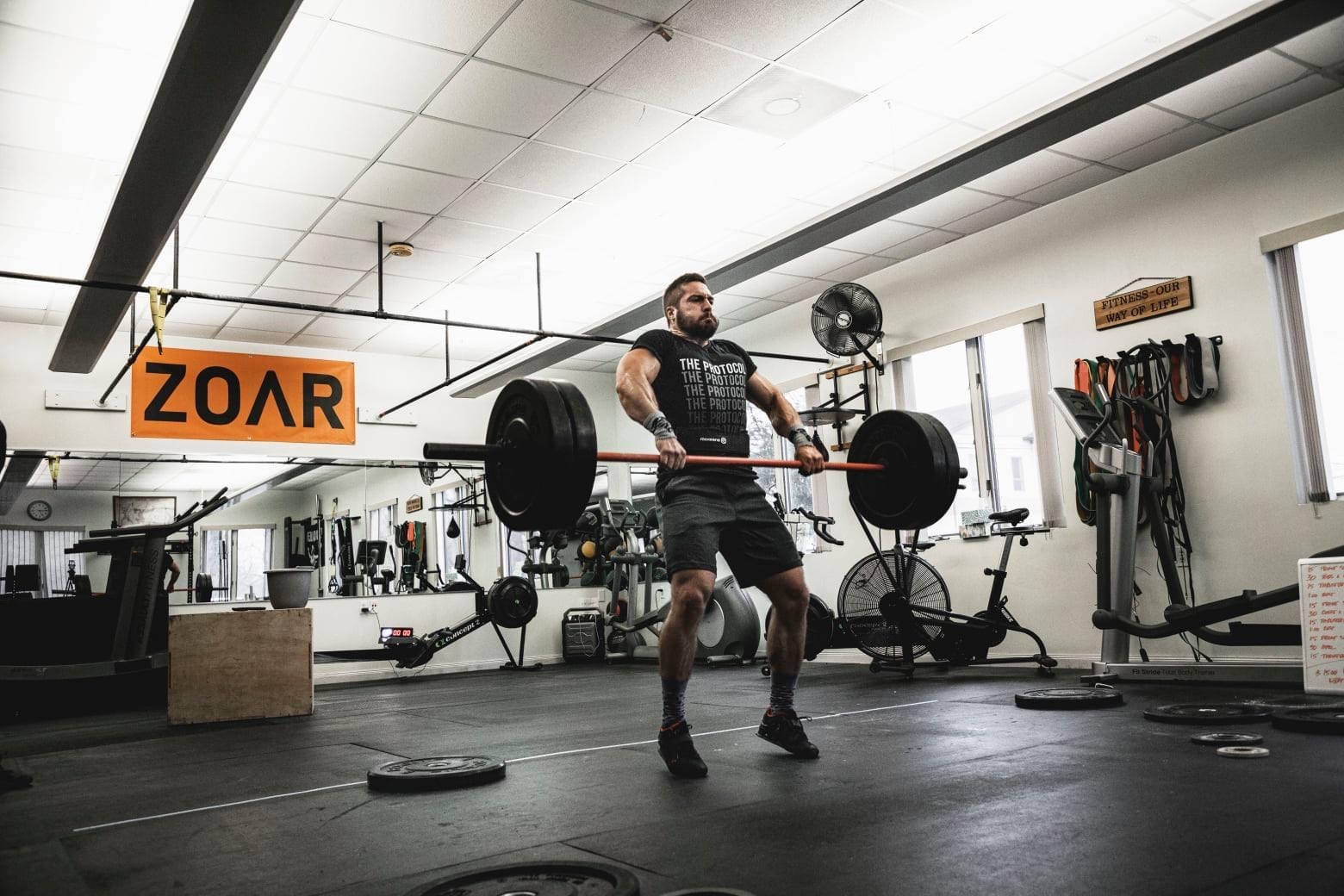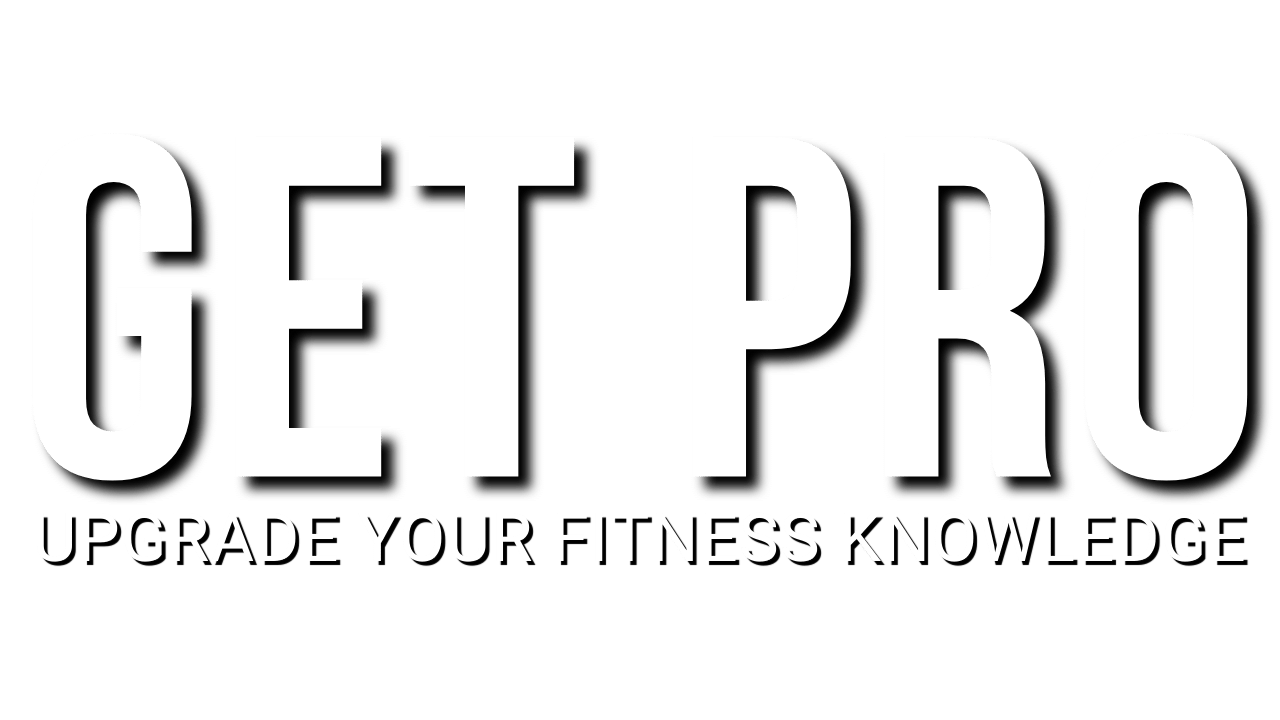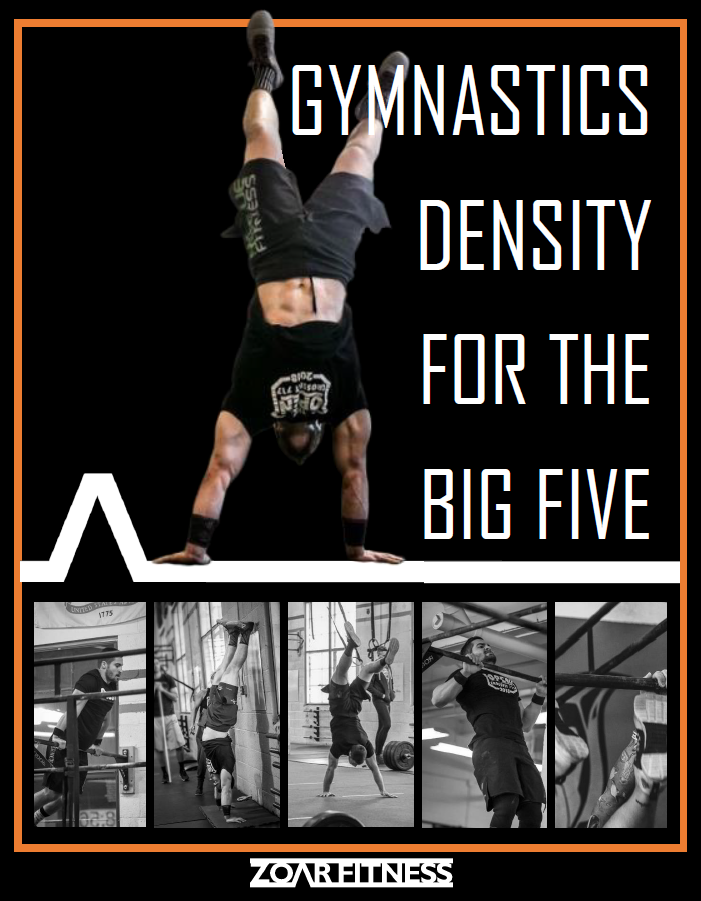Gymnastics, as I am referring to them, are body weight movements frequently tested in the Sport of Fitness.
Historically, five movements have shown up much more frequently in CrossFit Competitions like the Open & other Online Qualifiers, Quarterfinals, the Games, and even local competitions.
We call them “The Big Five.”
They consist of Muscle-Ups (Bar & Ring), Handstand Push-Ups, Handstand Walks, Chest-to-Bar Pull-Ups and Toes-to-Bar.
Armed with this knowledge, the accessory exercises in this countdown are build around driving performance increases in The Big Five.
It really doesn’t matter if you have Your First Muscle-Up or not yet, it’s about developing physical qualities that transfer to all gymnastics movements.
It is also the reason why we won’t see exercises to improve air squats or pistols, even though these movements are technically considered gymnastics.
Now, without further ado…
10 – Hollow & Arch Pulses
Anyone who has been around Functional Fitness for a while, especially at a CrossFit ® Affiliate, is familiar with hollow and arch holds and rocks while lying on the floor. Hollow and Arch Pulses on the Pull-Up Bar are done for the same reasons (improve positions, midline integrity and skill transfer) but with a touch more specificity.
Beat Kips are another great drill, but an athlete with poor mobility can hide it by using the momentum they’ve built. The whole idea with the hanging pulses is to make yourself own the positions and expose weaknesses.
There should be no momentum involved. From a dead hang, simply pull into the position, hold it, then lower slowly back to that neutral hang on the bar.
9 – Seated Double Dumbbell Press
This is my go-to exercise for developing strength for Handstand Push-Ups, especially strict variations. This also carries over nicely to Handstand Walks and lockouts for muscle-ups. To date, I have not found a better variation that mimics the strength and mobility hybrid of Handstand Push-Ups. You can load this exercise heavier than something like a Z-Press, but it has greater mobility and core stability requirements than something like a Dumbbell Military Press on an Incline Bench.
To stay upright, the core must be engaged and the ribs pulled down. As a result, the shoulders must open fully during the press, locking out the load over the base of the neck. This lessens pec/chest involvement and increases the pressure on the shoulders.
If you struggle with any kind of overhead pressing, this should be a staple in your program.
8 – Beat Kip with Lat Activation
Remember how I just mentioned the role of momentum (or lack thereof) in the hollow and arch pulses. Well… in this drill, building and maintaining momentum is the name of the game. Momentum is an essential skill to master for more advanced movements, like the Bar Muscle-Up. More specifically, it’s about a transfer of momentum. Transferring a swing (horizontal momentum) into a hip pop (vertical momentum).
The most frequent movement mistake for Pull-Up variations and Muscle-Ups is failing to pull with straight arms. Take a look at the thumbnail of the video below. My arms are straight and my shoulder angle is closed-down. This drill demands lat strength along with timing and skill. That’s why it makes such a great activation drill for your movement prep.
7 – Dead Hangs
Dead hangs are unique in the fact that they are simultaneously therapeutic and performance enhancing. Therapeutic in the sense that the body is aligned via our old frenemy gravity, causing tissues to be stretched and joints to be decompressed. Performance enhancing because the tension causes adaptation for strength and mobility.
6 – Strict Ring Muscle-Ups
The beauty of Muscle-Ups is that they are both a press and a pull. And like most strict variations, the strict Ring Muscle-Up requires ownership of the range of motion and constant tension and torque. Unfortunately, few athletes can do Strict Ring Muscle-Ups with their bodyweight. The best solution I have found for this problem is using two micro bands to assist the movement. Check out the video below on how to set up the bands for this movement.
p.s. You’ll need a False Grip for this one, so if you don’t know what I’m talk about, watch this.
Looking to get your First Muscle-Up?
Check out this 12-Week Program.
5 – Ring Rows
Often athletes get shiny object syndrome when it comes to exercise selection. It’s stimulating to do things that are more complex, fancy or fun. But, typically the best things are often right there in front of you. Ring Rows are one of those exercises. They aren’t flashy or fun, but they are certainly effective.
One of the great things about Ring Rows is that you can start to build volume (total reps) much quicker than more advanced exercises like Strict Ring Muscle-Ups. Athletes with lower levels of relative strength (read: ‘struggle with gymnastics’) will adapt quicker to higher volumes of lower skill movements.
What are you waiting for? Get after some 6×15 Ring Rows, or even a 10-minute EMOM of 10 Ring Rows. Start build a base of volume.
4 – Banded Lat Row
If I’ve said it once I’ll say it again: the key to Bar Muscle-Ups and Chest-to-Bar Pull-Ups is straight arm pulling strength.
The key to straight arm pulling strength is Lat Strength.
The Banded Lat Row is probably my single favorite accessory exercise for building lat strength and endurance.
Keep an eye on my posture as I move through reps and notice how I keep my arms perfectly straight. Don’t let the arms hijack the movement early. Fight your arms straight and focus on pulling from your back.
3 – Dumbbell Prone Row
One of the missing links in CrossFit is horizontal pulling. Besides rowing on the Concept 2 and the occasional ring row, there are virtually no exercises where you are perpendicular to the load and pulling it towards you. This is why I love prescribing exercises like Bent Over Rows for CrossFit athletes. Another one of my favorites is the Chest-Supported Row.
The video below shows a great option for a Chest-Supported Row, since most CrossFit gyms don’t have a machine. The chest-support allows your limitation to be your back and biceps rather than your posture.
2 – Strict Chest-to-Bar with Pause
The most popular scale for Pull-Up variations is to use a band to assist the movement. This is truly a great option for a lot of athletes, but unfortunately it also leaves some holes in the movement when attempting to transfer to the movement without the band.
The more a band stretches (length) the greater the tension becomes. This means that a band assists an athlete more at the bottom of the movement than at the top, causing the athlete to develop strength in the same way. This is one reason why athletes often struggle to close down the top few inches in Pull-Ups and Chest-to-Bar Pull-Ups as they fatigue.
The best solution to this problem is to make the weak portion of that movement stronger. Adding a pause at the top of the movement is a simple way to dramatically increase the strength demand in that last bit of Range of Motion.
Listen: Developing Chest-to-Bar Pull-Ups [The Fitness Movement Podcast Episode 002]
1 – Positional Holds
CrossFit is all about High-Support Positions.
Position is the prerequisite to quality movement, and movement is king.
If you want to be able to go heavier, go faster or go longer, you need to have better positions.
The good news is getting started is really simple. Hold a position and create the best shape possible.
It could be the bottom of a squat, the catch of your jerk, the lockout of your muscle-up or holding a handstand against the wall.
This top spot is really a category of accessory movements. There are countless positions to master in the Sport of Fitness, but they can be distilled into short list that will have carryover to all the others.
In gymnastics, it comes down to having a solid overhead position (HSPU, HSW), a strong pulling finish position (C2B, MUs), solid muscle-up support and dip positions (BMU, RMU), and core compression (T2B).
Don’t make it more complicated than it needs to be. Find a challenging position and stay there. Here is an example…
Gymnastics Density for the Big Five (12-Week Program)
Are your gymnastics movements holding you back from reaching your potential?
Statistics show five movements are far and away the most likely to show up in local competitions and online qualifiers like the Open. That’s why this program focuses on improving “The Big Five.”
1) Muscle-Ups (Bar & Ring)
2) Handstand Push-Ups
3) Handstand Walks
4) Toes-to-Bar
5) Chest-to-Bar
If your capacity in these movements is holding you back from taking your fitness to the next level, this program is for you!



